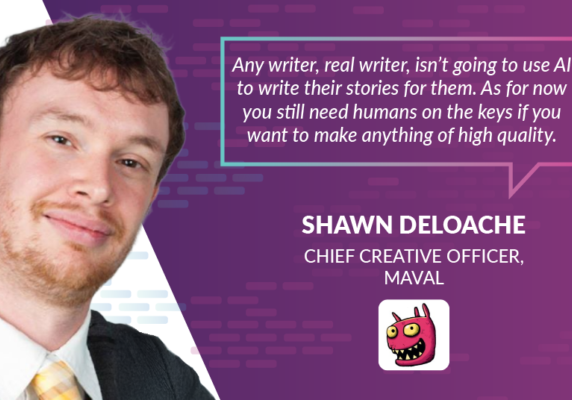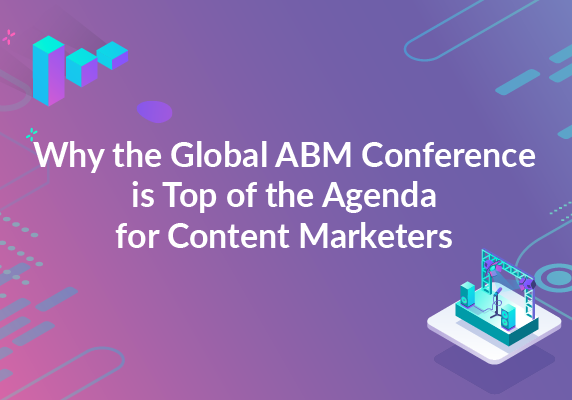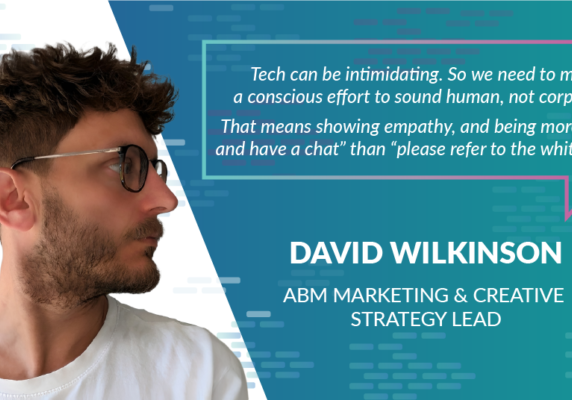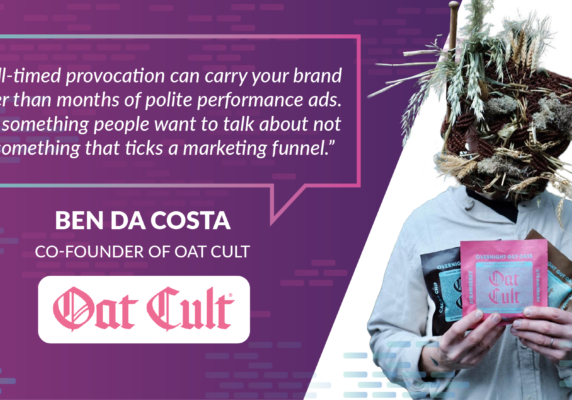Crafting a Personalised Website: Unveiling the Benefits of Tailored User Experiences
In the digital age, where users expect more than just information, a personalised website has become a potent tool in the hands of businesses. It goes beyond aesthetics and delves into the realm of user experience, offering tailored content and interactions to individual visitors. Here, we explore how to build a personalised website and the myriad benefits it brings to both businesses and their audiences.
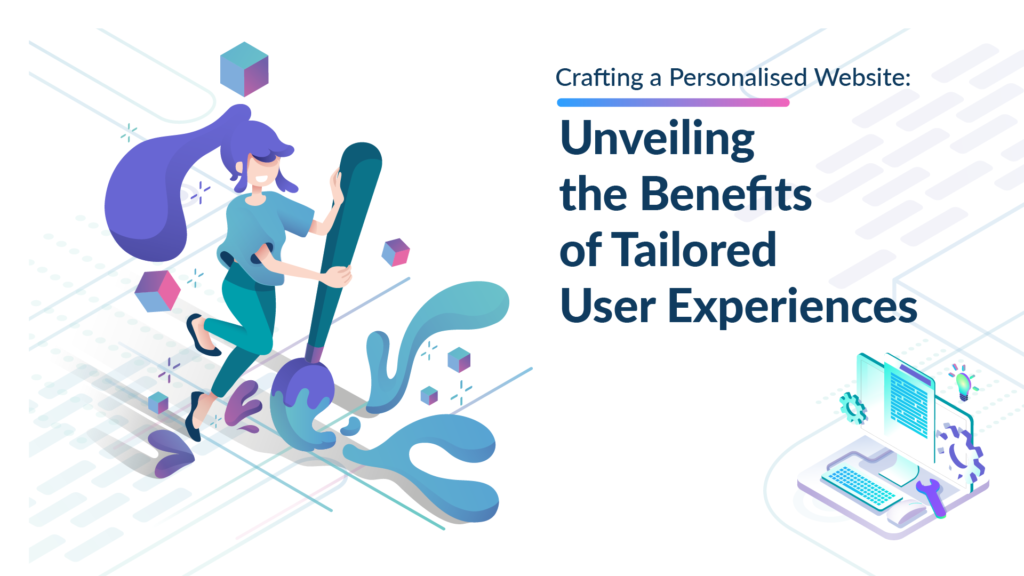
Understanding Personalisation:
Before delving into the ‘how,’ let’s first understand the ‘what.’ A personalised website is one that customises its content, layout, and interactions based on user data, preferences, and behaviour. It transforms the one-size-fits-all approach into a tailored journey, where every user feels like the site was created just for them.
How to Build a Personalised Website:
- Know Your Audience: Personalisation starts with understanding your audience. Conduct research to identify your various user segments, their needs, preferences, and pain points.
- Data Collection: Gather user data through various means – website analytics, sign-up forms, surveys, and social media interactions. This data will be the foundation of your personalisation efforts.
- Content Personalisation: Tailor content based on user profiles and preferences. This can include customised product recommendations, content suggestions, and localised information.
- Dynamic Content: Create dynamic content blocks that change based on user behaviour. For example, a returning visitor might see different content compared to a first-time visitor.
- User Journeys: Design personalised user journeys. For instance, an e-commerce website might show returning customers a ‘recently viewed items’ section or offer loyalty discounts.
- Email Marketing: Use email personalisation to send targeted messages, such as product recommendations, tailored promotions, and personalised subject lines.
- A/B Testing: Continuously test and refine your personalisation efforts. A/B testing allows you to optimise user experiences.
Benefits of a Personalised Website:
- Enhanced User Engagement: Personalised websites captivate users, keeping them engaged for longer periods. When users find content that resonates with them, they’re more likely to explore and convert.
- Improved Conversion Rates: Personalisation often leads to higher conversion rates. Tailored product recommendations, calls to action, and user journeys can significantly boost sales and lead generation.
- Enhanced User Satisfaction: Users appreciate websites that cater to their preferences. A personalised website can enhance user satisfaction, fostering a positive brand perception.
- Better User Retention: Personalisation can help in building user loyalty. When visitors feel valued, they’re more likely to return, reducing bounce rates.
- Data-Driven Decision Making: The data gathered for personalisation can be used to make informed decisions. Insights into user behaviour can guide product development and marketing strategies.
- Competitive Advantage: Businesses that adopt personalisation often gain a competitive edge. A personalised website stands out in a sea of generic online experiences.
- Higher ROI: While personalisation may require an initial investment, the long-term returns often surpass the costs. Improved conversion rates and user loyalty can lead to a higher ROI.
In Conclusion:
Building a personalised website is an investment in user experience and business growth. By understanding your audience, collecting and analysing data, and implementing tailored content and interactions, you can create a digital space that resonates with users. The benefits are numerous – from increased engagement and conversions to improved user satisfaction and long-term brand loyalty. In a world where users seek relevance and personal connections, a personalised website is a powerful tool that no business should ignore.



